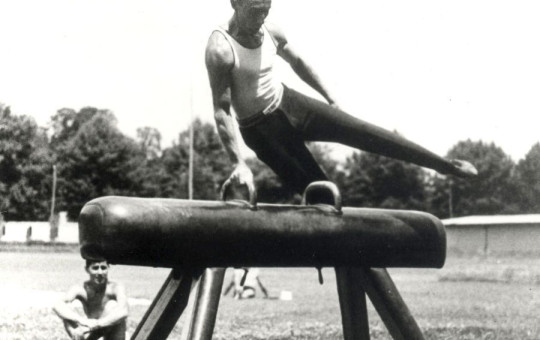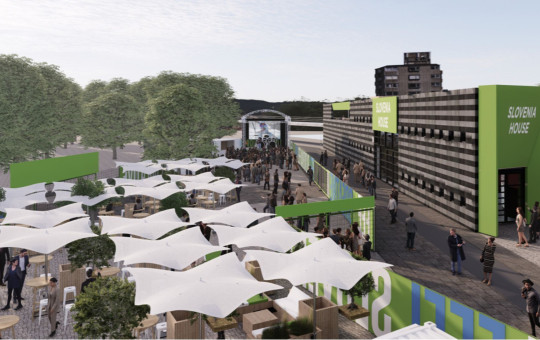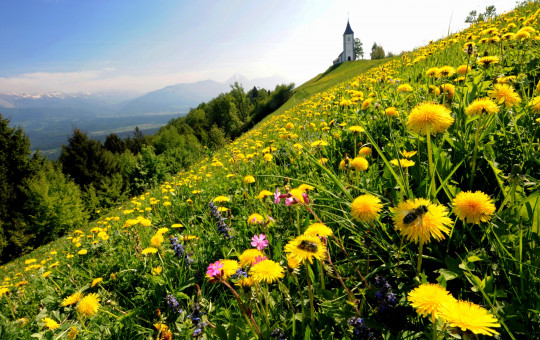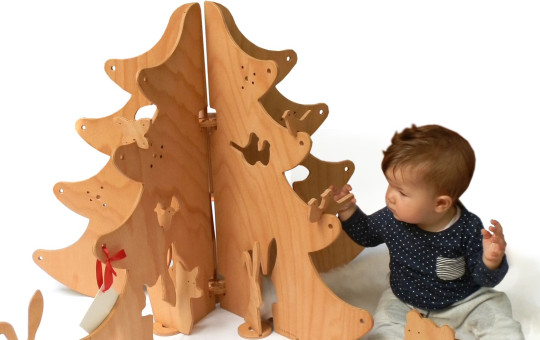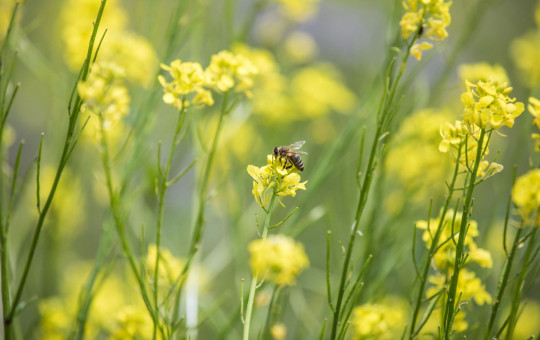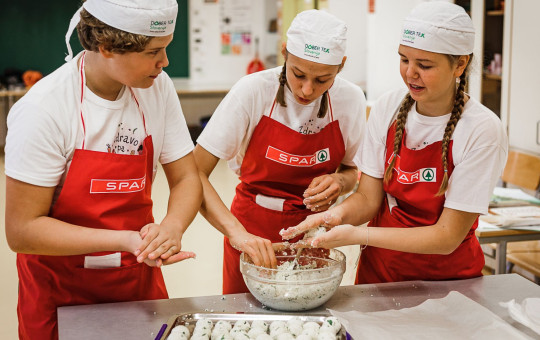The Academy of Fine Arts and Design of the University of Ljubljana (UL ALUO) takes pride in its long-standing tradition. It was founded on 27 October 1945 as the Academy of Figurative Arts and first offered courses in sculpture and painting.
The highest artistic educational institution in Slovenia
Since then, the academy has changed its name several times and expanded its programme. In 1984, the academy also started teaching industrial design and visual communications design. Ten years later, conservation and restoration were added. Today, the courses at the academy are organised into five departments, covering fine arts, conservation and restoration, and design. The academy focuses on teaching and researching artistic creation, design, restoration and conservation of artworks as well as theoretical knowledge in these fields.
As the highest artistic educational institution in Slovenia in the field of visual arts, academy strives to maintain excellence in educational, artistic, research and professional development activities.
It relies on European artistic, educational, scientific and general cultural tradition since antiquity, consolidating the nation’s independence and boosting the visibility of Slovenia in Europe and on a wider global level.
-
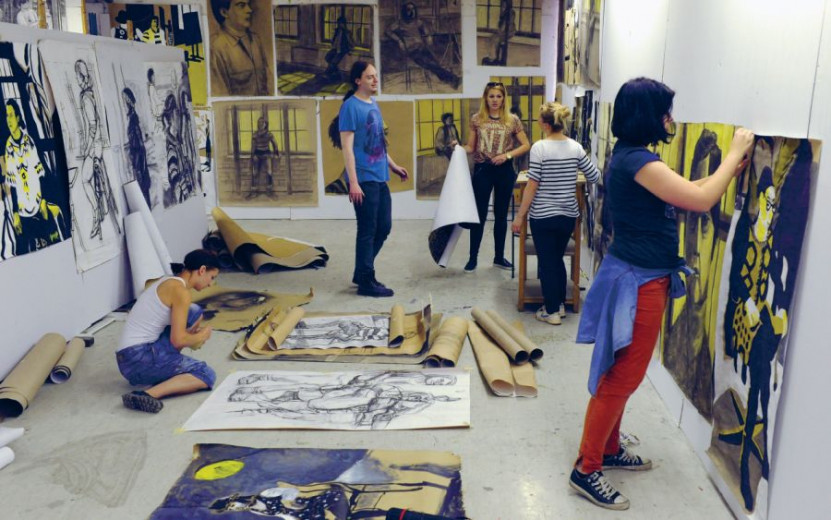
Today, the courses at the academy are organised into five departments, covering fine arts, conservation and restoration, and design. Photo: ALOU archives
-
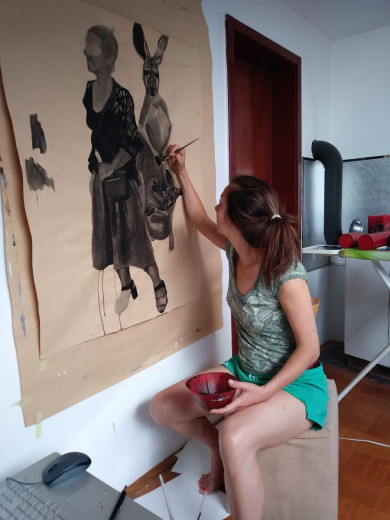
the academy offers a well-rounded education with a blend of art, technical skills and social sciences. TStudents get everything they need to develop their own artistic sensibility and learn about design processes, as well as to develop critical thinking. Photo: Maja Gorjup
The academy's decisive influence on the history of Slovenian art
During the times of post-war reconstruction and many dynamic changes that took place in the second half of the 20th century, the academy decisively marked the history of Slovenian art, as a large majority of the painters, sculptors, designers and restorers working in Slovenia, as well as the professors teaching at the academy today were educated here. The academy was actively involved in all the crucial events in the history of Slovenian art. Its professors contributed to a rapid break with socialist realism, participated in the establishment of the Ljubljana Biennial of Graphic Arts in 1955 and made important contributions towards the development of the Ljubljana Graphic Arts School.
The successes of Slovenian graphic art in the 1960s resulted in the Ljubljana academy becoming the study centre for Yugoslav graphic art. The conceptualism and the OHO Group, followed by retro-avant-garde represented by the Irwin Group, were started by the academy’s students.
The academy is one of the more popular international student exchange destinations and also cooperates with foreign partners to provide students exchange opportunities and opportunities to participate in projects, exhibitions, contest, conferences and more.
The academy's alumni are critically-minded designers trained to independently run art, design, science and business projects. The academy is committed to identifying and addressing societal challenges with the intention of making a difference and stimulating development.
-
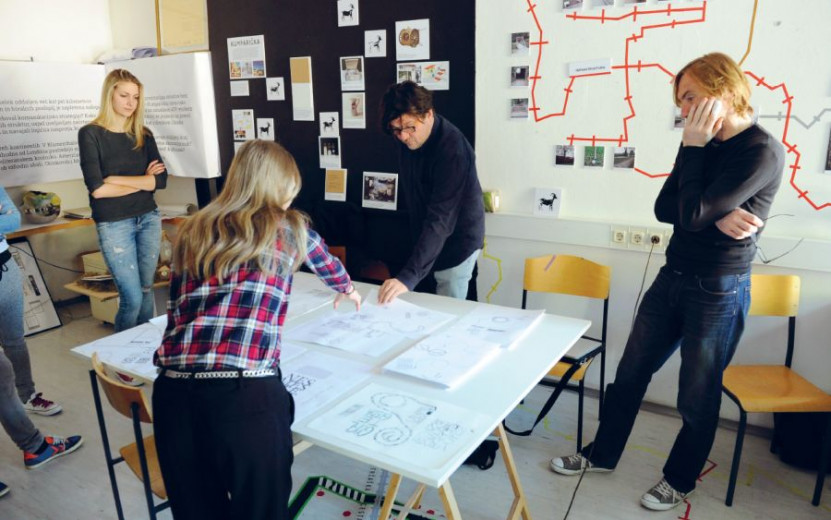
In 2014, the Department of Industrial Design and Applied Arts of the Academy of Fine Arts and Design of the University of Ljubljana ranked among Europe's top 100 schools of architecture and industrial design for the third consecutive year. Photo: ALUO archives
-
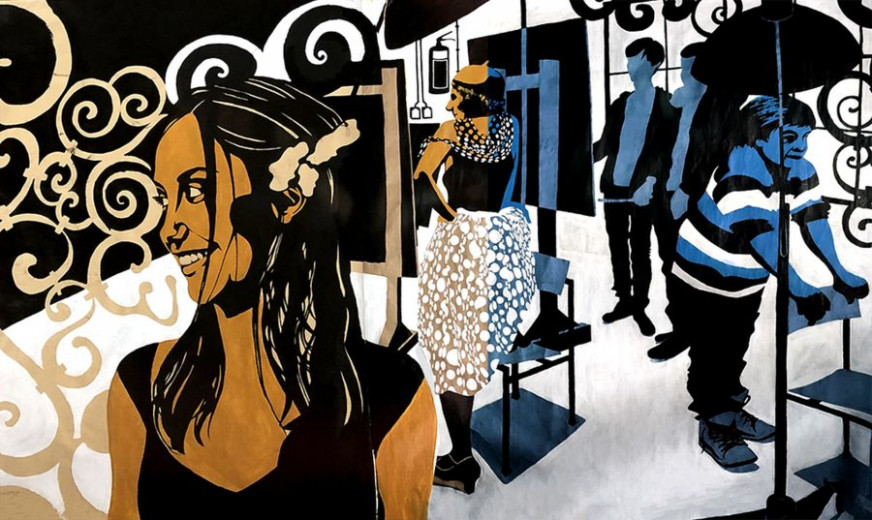
The academy is the only Slovenian institution to be placed on the top 100 list put together by the prominent Italian professional magazine Domus. Photo: Maja Gorjup
-
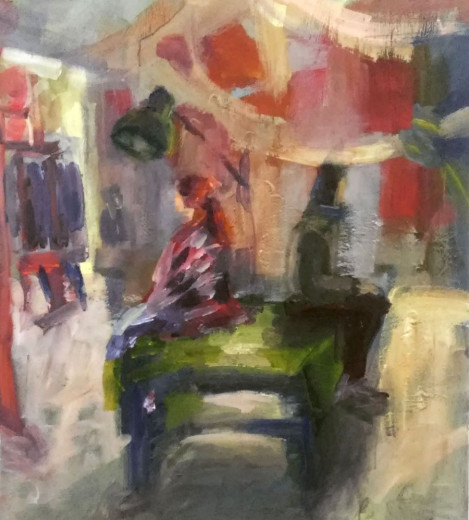
The Alienation of the Illustrator Maja Gorjup.
Successful cooperation with businesses
One of the strengths of the Department of Industrial Design and Applied Arts is its collaboration with businesses. Through it, the students can get first-hand experience of the product development process and also often get the opportunity to realise their designs. The academy's professors are renowned Slovenian experts, a design culture focused on internationalisation of young designers is being developed in Ljubljana. Jure Miklavc, Miha Klinar, Janez Mesarič, Jernej Stritar and Robert Ilovar as prominent ALUO alumni (the last three are alumni of the Department of Visual Communications Design).
In today’s world, art and culture can significantly contribute to the overall development of a society by stimulating creativity and searching for innovative solutions.
The Academy of Fine Arts and Design therefore specifically strives to create modern and high-quality study programmes based on which it would retain its leading role in education and research of fine arts, design and restoration in Slovenia.
-
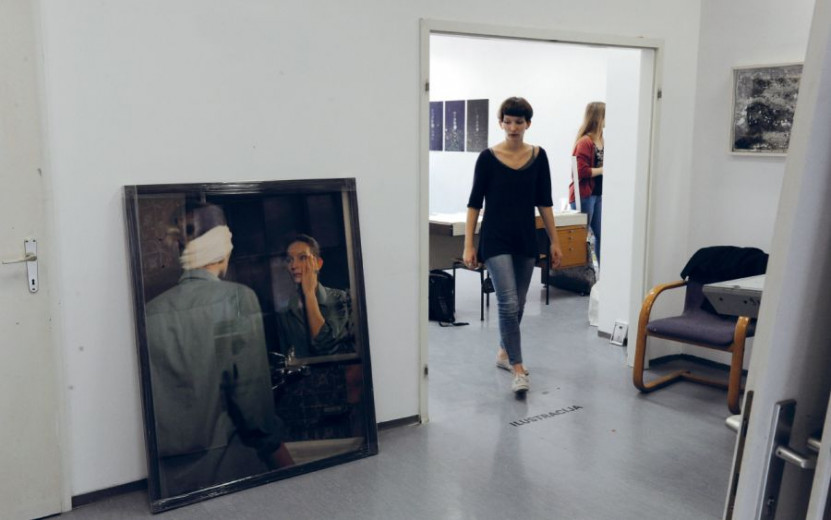
Through various contests and cooperation with businesses, the academy seeks to demonstrate the impact of product design and production process planning on a company's visibility and consequently its success. Photo: ALUO archives
-
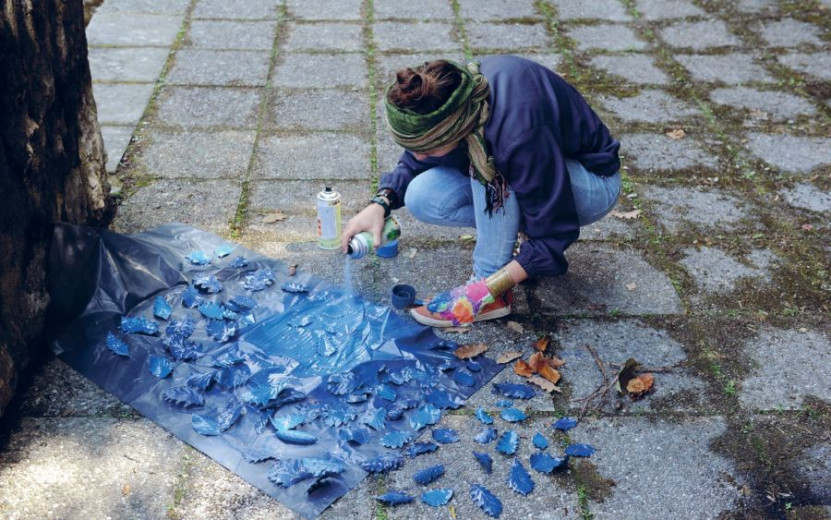
The academy offers a well-rounded education with a blend of art, technical skills and social sciences Photo: ALUO archives
Date: 20. August 2020
Time to read: 2 min

